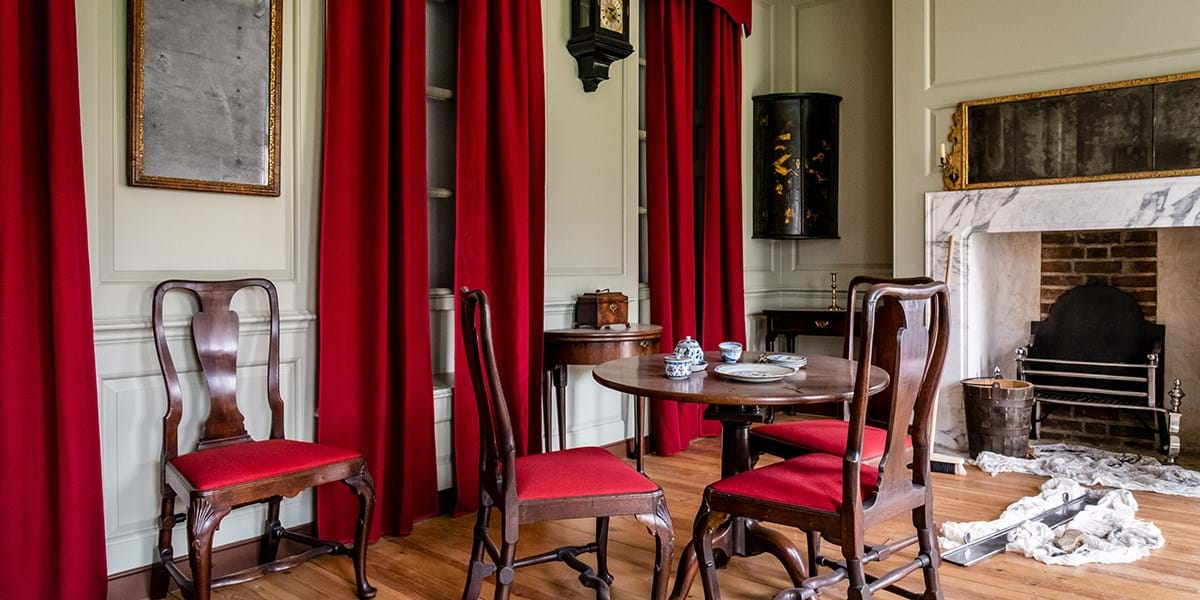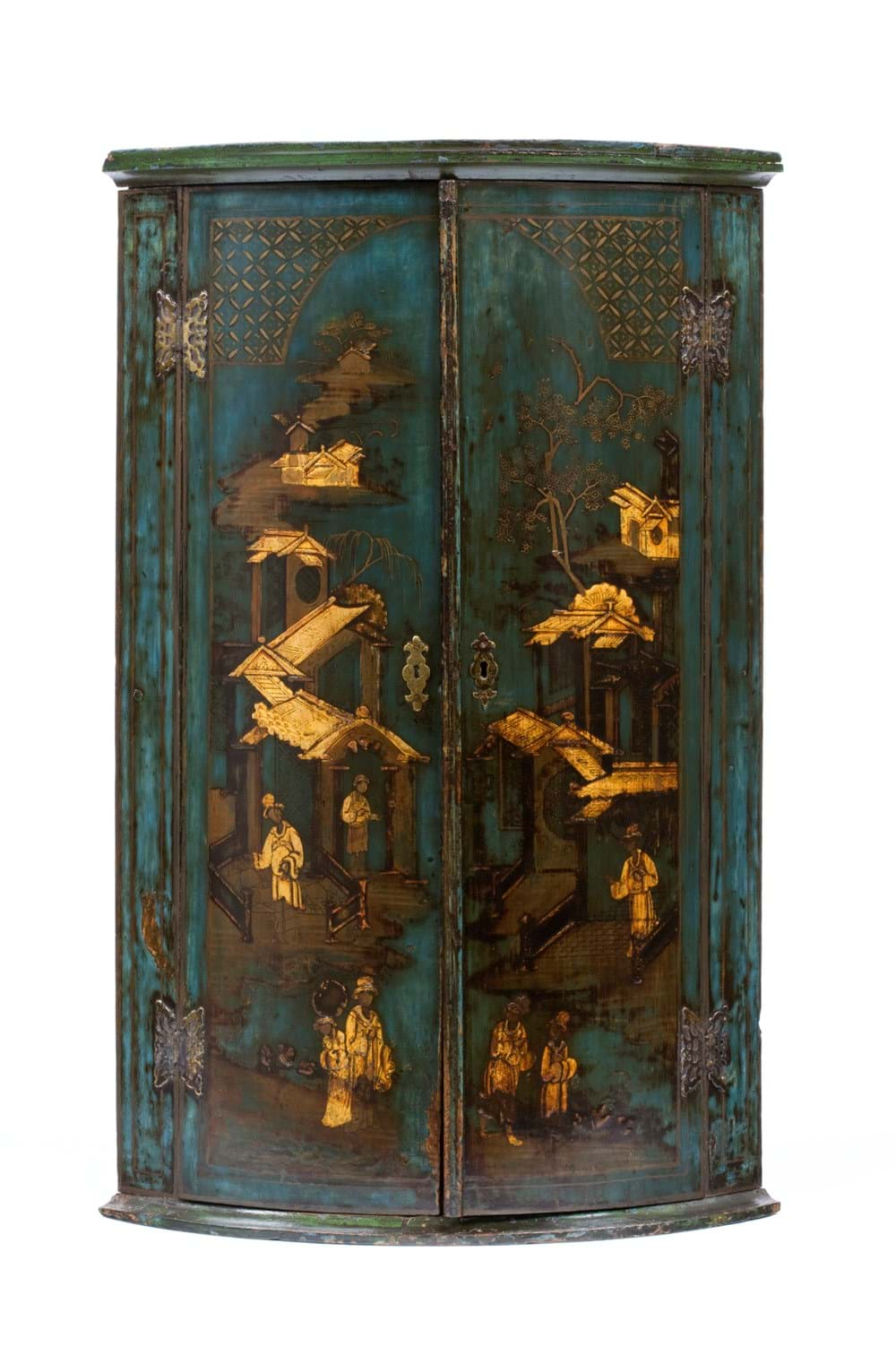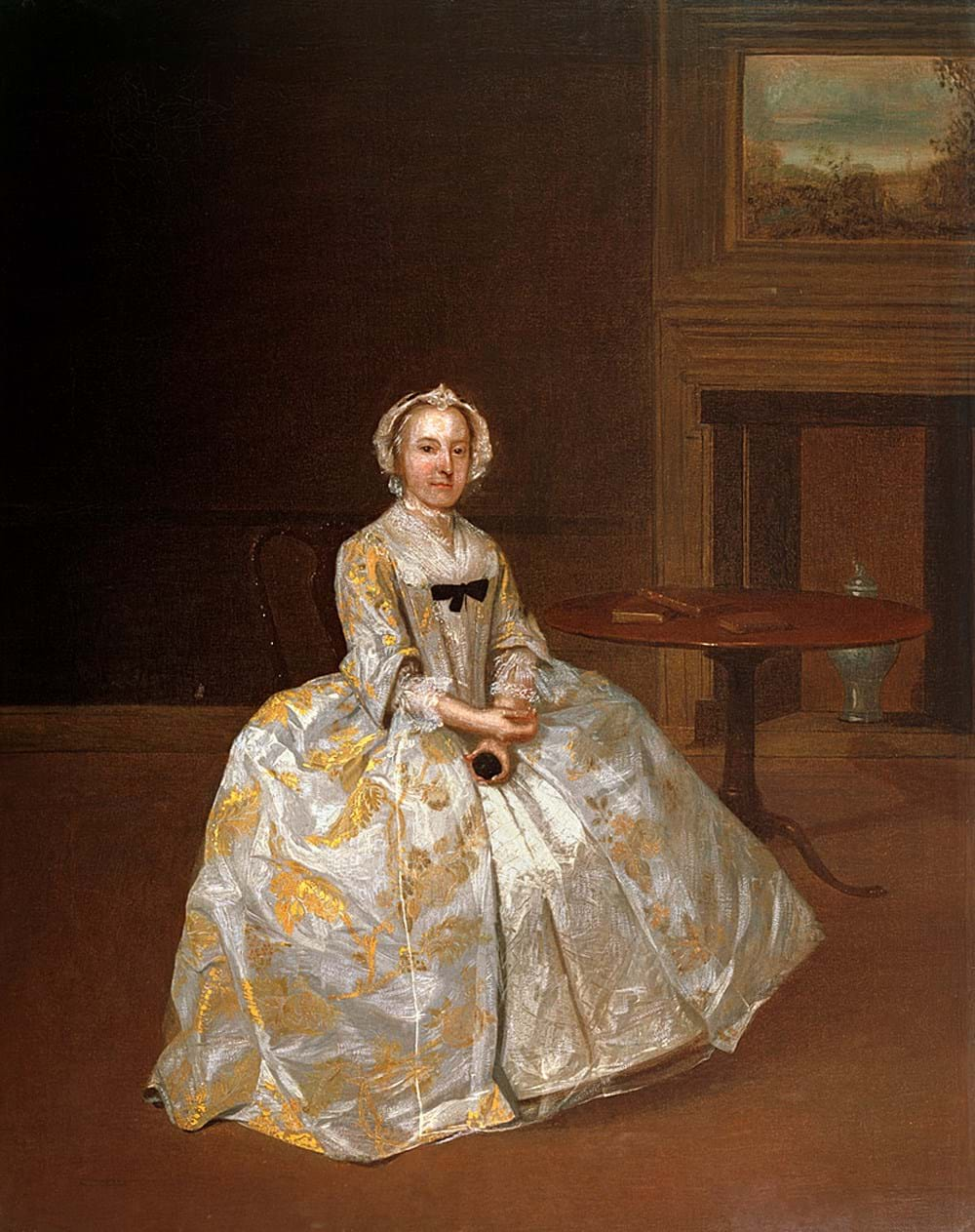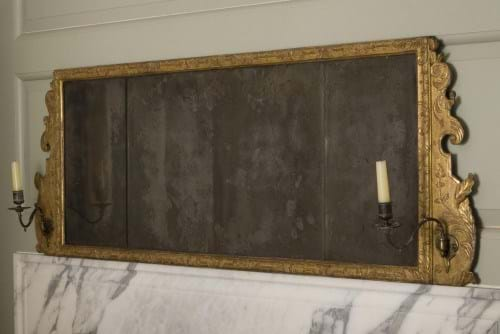A parlour in 1745
A drive for new goods and products created a violent, exploitative colonial trade. Mahogany, tea and sugar arrived in Britain, but at a huge cost to the countries and people exploited.
 Photograph by Em Fitzgerald
Photograph by Em Fitzgerald
What's happening
On a spring morning in London, before the sun has even risen, two servants are hard at work.
It is an important day, the lady of the house is having friends over for afternoon tea and she wants the parlour to be sparkling clean so she can show off her home to her guests.
One maid is hard at work cleaning the grate and scrubbing the hearth while another is polishing the steel fender.
They need to hurry as they must still light the fire and sweep and dust the room before the family wake up.
Objects to look out for
 Object number 16/2006-1-3
Object number 16/2006-1-3
Corner cupboard, 1720–1740
The decoration on this cupboard is known as japanning. It is made by applying layers of varnish and glaze to the surface of wood.
 Object number 71/1979
Object number 71/1979
Painting, Arthur Devis, about 1742
If you look closely at this painting, you can see that the furniture shown in the woman's parlour is similar to the furniture in this room.
The tripod table and India-back chairs were popular pieces in the mid-1700s, and were used to show a family's status.
 Object number 17/2006-1-3
Object number 17/2006-1-3
Mirror, 1720–1740
Horizontal mirrors over the mantelpiece were a new fashion in the mid-1700s.
They were used to reflect candlelight, making the parlour twinkle and sparkle at night-time.
